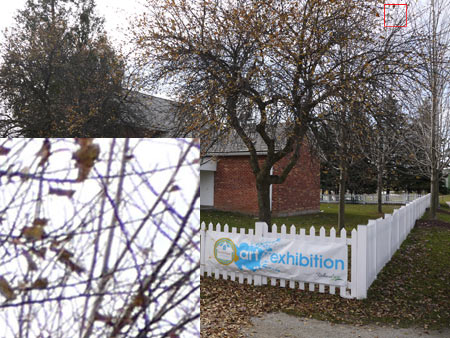Review Date: December 5, 2011
Category: Point-and-Shoot to Beginner

Photoxels Gold Award – Interchangeable Lens Camera
IMAGE QUALITY
The Panasonic Lumix DMC-GF3 is an Interchangeable Lens Camera (ILC, aka “compact mirrorless DSLR”) targeted to point-and-shoot and beginner amateur photographers. It has 12.1 megapixel resolution on a FourThirds (17.3 x 13.0 mm) Live MOS image sensor.
The Panasonic GF3 has very good image quality (including very good low-light performance) up to ISO 800 with plenty of details preserved and good colors, with very usable ISO 1600 and usable ISO 3200. Higher ISOs suffer from lots of noise and detail loss.
| Lumix 14-42mm 3x Optical Zoom |
|
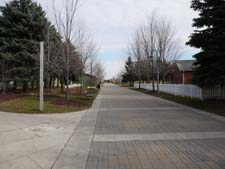 |
 |
| Wide-angle 14mm (28mm, 35mm equivalent) |
Telephoto 42mm (84mm, 35mm equivalent) |
One of the many advantages of a DSLR is the ability to use interchangeable lenses suited for specific jobs. In its “X” incantation, the GF3X comes with the Lumix G X Vario 14-42mm f/3.5-5.6 ASPH Power OIS kit lens which features a power zoom lever on the lens barrel. Unlike some of its collapsible counterparts that need to be extended for use, the optically image stabilized Lumix G X 14-42mm f/3.5-5.6 Lens is power extended when you turn the camera ON and power retracted when you turn the power OFF. I like this much better than having to always remember to manually extend and retract the lens. In the above pictures, we show the coverage for 28mm and 84mm (35mm equivalent).
The Panasonic GF3 has full exposure flexibility with PASM modes and Program Shift. Auto Bracketing of up to 5 pictures (+/- 1/3 EV or +/- 2/3EV) is possible. A Histogram can be displayed in both Live and Playback modes. The whole Shutter Speed range of 1/4,000-60 sec. is available in all the PASM modes.
The actual macro capability is a function of the lens you use. The Lumix 14-42mm kit lens allows you to focus as close as 20cm (8 in.) at wide-angle. AF locks precisely and fast.
The AF Area implementation is the best we’ve seen so far: it covers an incredible 103 x 75 “areas,” which is the whole screen up to the very edges! The auto focus frame size can be reduced or increased by easily sliding your finger on the touchscreen LCD [or by rotating the Rear Dial] and I find this to be an incredibly useful feature that significantly increases the accuracy of the Contrast Detect AF. Of course, to position the AF area, simply touch the screen where you want the camera to focus.
There are three metering modes: Multiple (Multi-Pattern), Center Weighted and Spot.
| Auto White Balance Indoors | |
 |
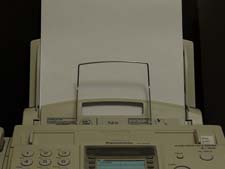 |
| AWB | Custom WB |
As the above two pictures show, the Auto White Balance (AWB) is not quite accurate indoors under artificial lighting [I have two energy-saving fluorescent light bulbs on the ceiling]. Fortunately, there is Manual WB and WB ADJUST that are easy to set and provide very good results. In bright natural light, AWB works very well.
| ISO Comparisons | |
 |
|
| ISO 160 | |
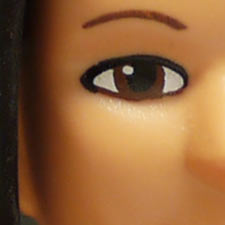 |
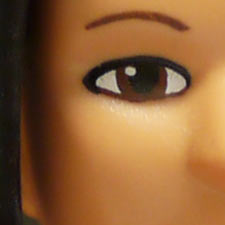 |
| ISO 200 | ISO 400 |
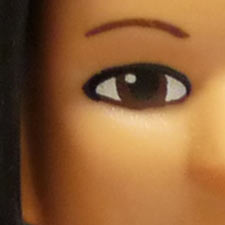 |
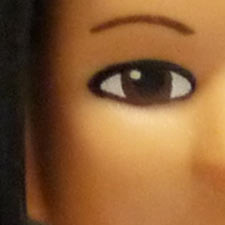 |
| ISO 800 | ISO 1600 |
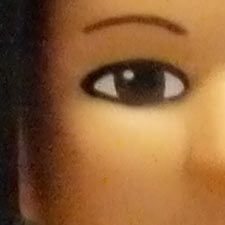 |
 |
| ISO 3200 | ISO 6400 |
The Panasonic GF3 has 7 ISO settings going from ISO 160 to ISO 12800. If you need finer ISO adjustments (e.g. ISO 160, 200, 250, 320, etc.), you can set the ISO increments to 1/3EV. You can also set the max. ISO the camera will use [MENU – REC – ISO LIMIT SET – select an ISO value from 200 to 1600] in ISO AUTO mode. The 100% crops above (area delimited by the white square) demonstrate the noise at the available ISO Speeds. At ISO 160 to 800, noise is under control. Noise starts to be visible at ISO 1600 but is still very acceptable, with ISO 3200 also quite usable in smaller prints or for Web only display. Noise (with loss of detail) is apparent at higher ISOs. Overall, very good noise handling.
CA is under control in everyday shots and is not much of a problem even in high contrast shots. The corner delimited by the red square at top right, and reproduced at 100% crop at bottom left, shows minimal purple fringing.

Long Exposure - 28mm, Shutter-Priority, Pattern, 60 sec., F6.3, ISO 160, Custom WB, Self-timer (10 sec.), Tripod Used
Our Long Shutter Speed test is a torture test for digital cameras. Here we test whether (and how well) a camera can lock focus, provide accurate WB and obtain a correct exposure in extreme low light situations. I resize the AF frame so the camera quickly and precisely focuses on Bamm-Bamm’s right eye. The Panasonic GF3 passes this test well.
The Panasonic GF3 allows the use of a long shutter speed of up to 60 sec. in PASM modes, therefore allowing very nice night photography. Generally, with image sensors, noise usually becomes more prominent at slow shutter speeds. You can turn Noise Reduction ON in MENU – REC – LONG SHTR NR – ON; you’ll notice a longer processing time (approx. twice as long) before the next picture can be taken.
To test this noise reduction algorithm, we take a low-light indoors shot. I experiment a bit to obtain the optimum exposure, eventually settling on 60 sec. at F6.3. Even at this long exposure, the noise reduction seems to be working great, producing a nice smooth blurring effect of the background.
We find the overall image quality of the Panasonic Lumix DMC-GF3 at ISO 160 to be very good with good details in the shadows and highlights. Images up to ISO 800 are also low in noise. ISO 1600 to 3200 are usable. Overall, very good image quality.
View the Panasonic GF3 Photo Gallery [In the Photo Gallery, click on the picture of the camera to return here.]
Next: Panasonic GF3 Handling & Feel




